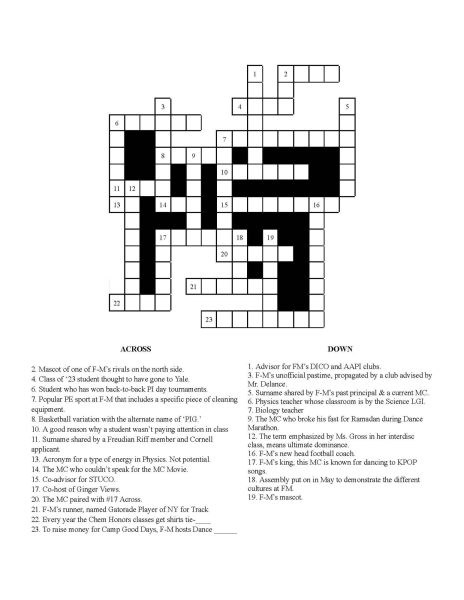Does font affect perception of writing?
For most students, there is an ongoing debate about the appropriate font to use during group projects. Should one use Courier New and try to make it look like they filled up the most space possible? Should one be generic and use Arial or Times New Roman? Even then, some people, myself included, practically gag when looking at an essay in Arial, yet others feel the opposite. How much does it matter to have the “right” font size, style, boldness, italicization, color, etc.?
In a study from the North American Journal of Psychology by M. Gasser et al., cited in an analysis from the University of Omaha, subjects were analyzed to see how well they retained information from serif versus sans serif, and proportional versus monospaced fonts. Serif fonts include embellishments, while sans serif does not. Proportional fonts make the space each letter takes up the right size based on the size of the letter and mono-spaced, do not. In this study, Courier was used to represent the mono-spaced serif, Palatino, the proportional serif, Helvetica as the proportional sans serif, and Monaco as the mono-spaced sans serif. All fonts were controlled at 12 pt. The study found that there was 9% better recall on six short answer questions for serif fonts, but interestingly enough, there was no difference resulting from spacing.
In a separate study from M. M. J. French et al. in 2013, students were given a five sentence passage with more difficult readability (in this case, Monotype Corsiva) and easier readability (in this case, Arial) for 90 seconds, and then listened to a 35 minute science lecture. At the end of class, they were quizzed on factual information in seven multiple choice questions. These students’ results were compared with national exam scores, and it was found that they did 12.8% better when given a difficult passage. These are not the only studies that have found that when the brain is stimulated to read something more difficult, it almost “locks in.”
However, other than easily quantifiable subjects such as reading retention, emotions can actually vary by the individual. According to Gert Svaiko, on DesignModo.com, Serif fonts are seen as traditional, respectable, and even sophisticated. Sans-serifs are clean and efficient, Script-like fonts come across as personal, unique and emotional, and decorative fonts are viewed as casual, flexible, and perhaps urban. This website also points out that increasing boldness and size enhances the reader’s attention, primary colors have specific emotions tied with them, while thickness and shading enhance these moods.
Font psychology, however, is a rather frustrating underdeveloped subject in writing. For the most part, graphic designers have to deal the most with choosing text portrayals, yet they choose to say what they think in fewer words as a result. Any true writer recognizes that beyond a few initial factors to increase comprehension, what truly matters in a book or essay is the content, not how it’s portrayed. As long as a person continues to read, they should never become ignorant enough to judge a book by its cover, or rather, its font.
Hudson Brenner is a co-features editor. His password is the last 8 digits of pi, although he is contemplating changing it to the next 16 to accommodate...










